Data Pipelines¶
LiteSwitch has two data pipelines, one for impression data and the other for yes-bid data, that are essential for accurately predicting the value of future traffic and enabling more advanced features. It is important that both data pipelines are set up as well as possible to ensure stable data processing. If there are any questions or concerns about the setup of either, please reach out to your Account Manager for assistance.
Impression Data¶
For LiteSwitch to accurately predict the value of future traffic, the current impression and price data needs to be fed back to a LiteSwitch endpoint where it can be merged with the data from the initial recommendation request. To do this you should send this information to the endpoint provided to you by your account manager, setting the values for the following required data points.
bid_idThe bid ID should come from theidfield in the original bid request.priceThe price should be the auction winning price expressed in CPM.dsp_idThe winning Buyer should be indicated by their seat ID.imp_idThe impression ID should come from theimp.idfield in the original bid request.
# Syntax Example
example.com/sspname_imp?bid_id=${BIDID}&price=${AUCTION_PRICE}&dsp_id=${SEATID}&imp_id=${IMPID}
# Example with values
# The preference is to use GET to send this data back to LiteSwitch
curl -X GET example.com/sspname_imp?bid_id=abc123&price=1.12&dsp_id=lop098&imp_id=2
Yes-bid data¶
Returning Yes-bid data to LiteSwitch helps to optimise its functionality and is required to enable some of its more advanced features. To return the Yes-bid data requires the same parameters as mentioned above in the impression data plus the following additional parameter.
bcContains the bid context string taken from the recommendation response, see the Recommendations Response section for an example. This string should be used exactly as is.These calls should be server-to-server and made to a separate endpoint, as discussed with your Account Manager.
Important
Yes-bids in the context of this data refers to yes-bids that are submitted to the publisher (or some other upstream entity) auction rather than all yes-bids returned by all DSPs to the SSP’s internal auction.
# Syntax Example
example.com/sspname_yesbid?bid_id=${BIDID}&bc=${BID_CONTEXT}&price=${AUCTION_PRICE}&dsp_id=${SEATID}&imp_id=${IMPID}
# Example with values
# The preference is to use GET to send this data back to LiteSwitch
example.com/sspname_yesbid?bc=eyJpbXAiOlt7ImlkIjoiMSIsInJlY3MiOlt7InNlYXQiOiI2OCIsInJlYyI6MH0seyJzZWF0IjoiOTkiLCJyZWMiOjF9LHsic2VhdCI6IjE0NSIsInJlYyI6MH1dfV0sImxlYXJuaW5nIjowLCJiYyI6IlltRnpaVFkwSUdsdWMybGtaU0JpWVhObE5qUT0ifQ==&bid_id=abc123&price=1.12&dsp_id=lop098&imp_id=2
